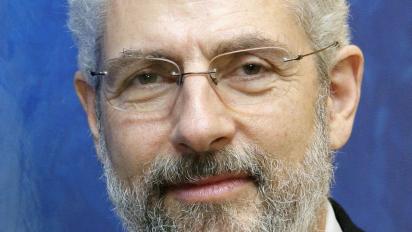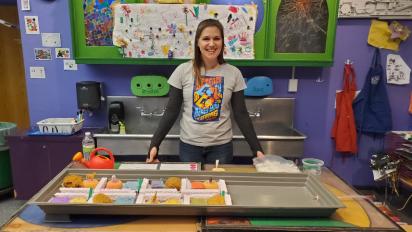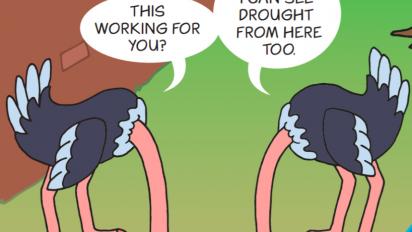Paul Oh: You trained and worked as a physicist. What prompted you to shift fields into the history of science?
Spencer Weart: I did my doctoral thesis and postdoctoral work in solar physics. Going on eclipse expeditions was literally awesome, and I published research that was well-regarded, but I realized that progress in the field would be slow. To do something meaningful with my life, I felt I would have to become an administrator developing a solar space telescope that would not fly for many years (as it turned out, decades). On reflection I decided that with my abilities I could better contribute to science as a writer, using history to help people understand and appreciate science.
PO: Before The Discovery of Global Warming, your scholarly focus was more on nuclear physics. How did you become interested in the history of climate science?
SW: When I was wrapping up my book Nuclear Fear (1988) and looking for a new project, I thought it would be useful to document an active research field, one with questions still unresolved: science in vivo. In my research on the history of nuclear controversies, I had come across claims that reactors are important because they could help solve a problem I hadn’t heard of—greenhouse gas emissions. I started to look into the subject just as scientists like Jim Hansen, one of the first people I interviewed, were coming to see how serious global warming could be. So it was worth my time for the next decade.
PO: Did the book then take a decade to write?
SW: It took longer than that. Climate science involves everything from the sun to the seabed, so I had to read articles in many different research fields, each with its own story. To organize it all, I built a website with a couple dozen separate essays, connected by hundreds of hyperlinks. Only then could I collapse the history into a single book. I thought that I was doomed to write a narrative that would have no clear endpoint, no resolution of the question whether we truly faced dangerous global warming. But as I was finishing up the book, the IPCC published its 2001 report, which marked the end of serious scientific controversy. The discovery of global warming was done, a neat conclusion. Of course the story continues; the research front has turned to studying impacts that are now visibly underway, and I keep up with that on my The Discovery of Global Warming website.
PO: There’s been a lot of discussion (including from people like Naomi Oreskes, Anthony Leiserowitz, and John Cook) about the scientific consensus on climate change and the importance of conveying it to the public. How can the history of science usefully inform these discussions?
SW: Leiserowitz’s team found that a large majority of our citizens don’t know that essentially all scientists who are currently publishing climate research agree that humans are causing dangerous climate change. When these citizens learn the truth, they become more concerned. To go deeper, history can be a big help. Into the 1990s, scientists raised credible doubts about climate change (computer models are unreliable, it’s solar cycles, etc.). Each of these ideas was studied exhaustively and definitively refuted. In the 1970s, climate scientists agreed that they didn’t know what was happening, whereas now they agree that they do know. It’s useful to explain this, for zombie ideas killed long ago still infest the internet. It also helps to describe how some prominent doubters turned out to be taking money from fossil fuel interests, and how corporations ploughed a billion dollars into climate-denial propaganda. Understanding the controversies of the past, in both their scientific and political contexts, gives tools to understand present and future issues.
PO: Do you have any thoughts about how the history of climate science should be incorporated in K–12 education, whether in science classes or elsewhere? How can science teachers learn about the history of climate science and discover ways of enriching their classrooms?
SW: Not only climate science but all science can be enriched with history. It’s more important to teach how science is done than the content of science itself! This is actually a job for all teachers. How can we understand the world rationally? When should we trust what scientists say? A great way to explain these things is by telling how past scientists argued and reached conclusions. And these are engaging stories, human stories. How about the scientists who risked their lives in the remote wastes of Antarctica, drilling a hole in the ice two miles deep, finding that the planet’s greenhouse gases and temperature went up and down in tandem for the past million years, thus settling doubts about the computer models?
Good resources are Daniel P. Shepardson, et al., eds., Teaching and Learning about Climate Change: A Framework for Educators (Routledge, 2017), and the references for teachers and students in the links page of The Discovery of Global Warming.





